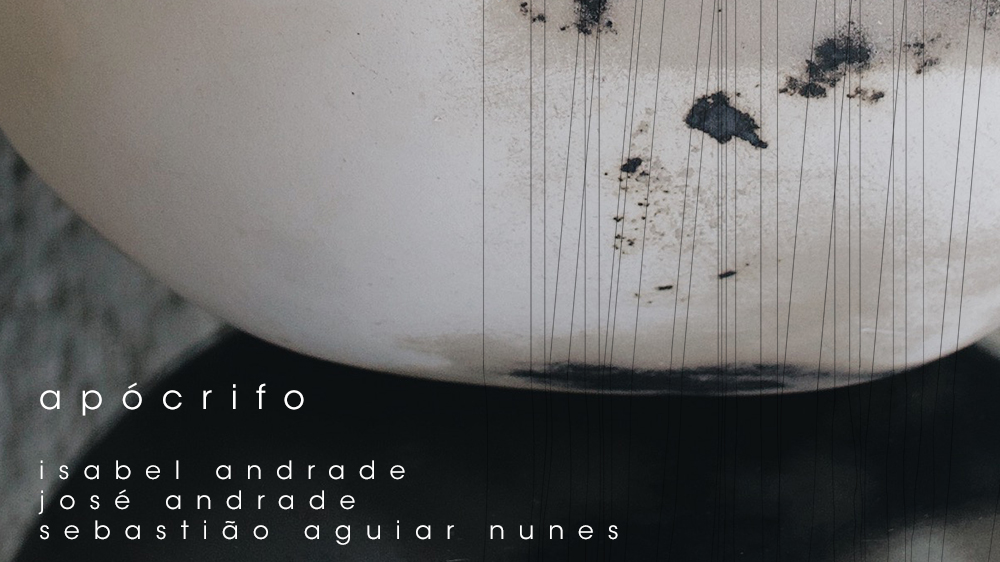Apócrifo: Art Exhibition
We invite you to visit the exhibition Apócrifo, by Isabel Andrade, José Andrade and Sebastião Aguiar Nunes, taking place as part of the collective exhibition Via Aberta: A Midsummer Night's Dream.
The exhibition features works in ceramics, drawings, paintings and mixed media.
Galeria Comercial Mota Galiza, Galeria 93, 4050-323 Porto
Wunderkammer: the space in cinnamon, wood and China
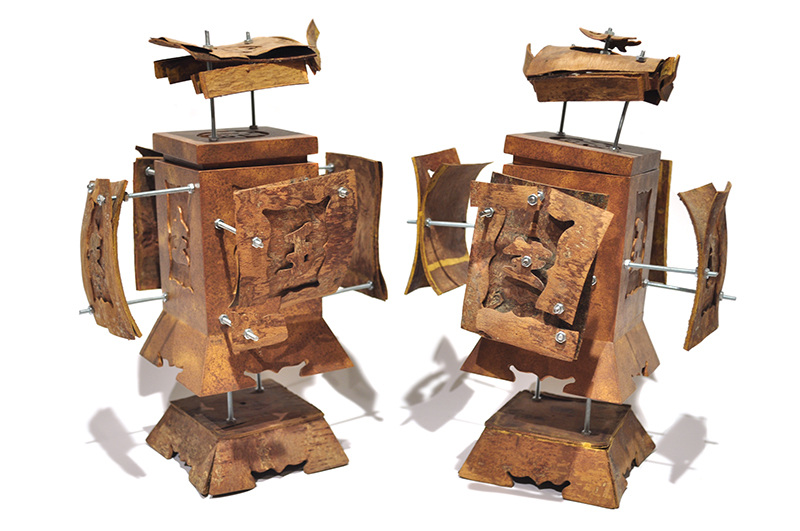

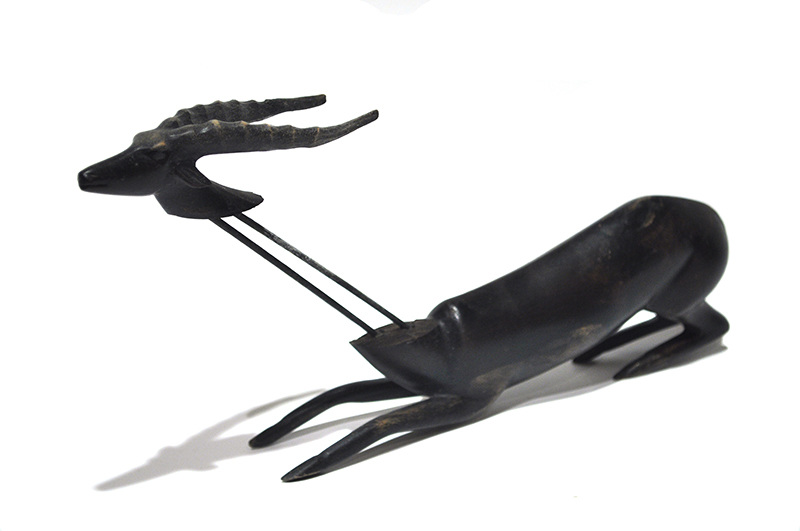
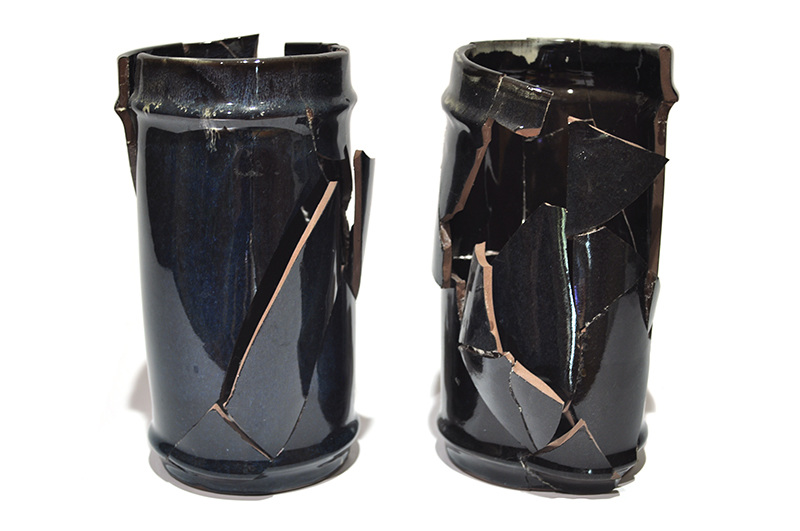

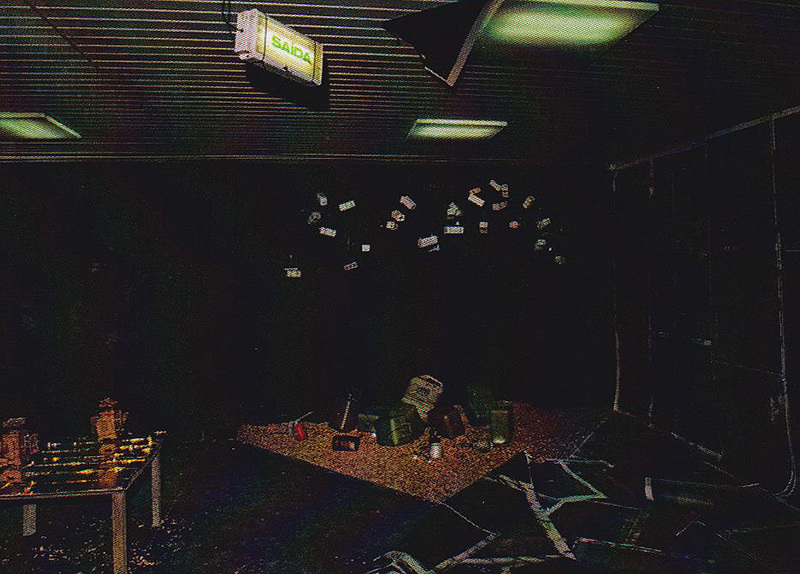
At the PAUSA exhibition - taking place at the AXA Building, you can see Wunderkammer in José Andrade's sculptural pieces.
In space I, we observe translations of parts of objects in which their breakage resulted in a partition - the decapitation of the antelope, which I emphasized by lengthening its neck, the disintegration of the shin boxes, which I highlighted by the projection of its faces relatively to the replica boxes placed in the center of each of the pieces that serve as the original structures, the Khmer head, which, although it was deconstituted in a process of falling, separated, projecting laterally, and dividing frontally on the face, which , and although it did not separate completely, I highlighted it by opening and prolonging the cracks resulting from the collision. Moments of destruction frozen. The Song vases are permanently broken due to their reorganization, which accentuates the explosion of their original form. The Tang lady, in constant decline, points to a past inevitability, emphasizing her material fragility, and simultaneously that of the threads that connect the its tripartite parts. Space II does not aim at reconstitution in any way. Rather, destruction for the sake of destruction. Here, already healed objects are used, in a fixation on the degraded, the broken, worn out, destroyed by time and use. This space brings together three moments. The first, the constant aggression and destruction of the kitchen stove, present in the space, crushed, and flanked by the sledgehammers used to dismantle it, together with continuous recording of the sound recorded from this action. The garbage collected, overlapped, thrown, an agglomeration of degraded, dirty and piled-up elements, an attempt to embody or transport into space an effigy of waste deposits. Finally, the suspended CCTV cameras simulate their previous functionality by using LED lights to replace their lenses, presented like specters, which through a mental association do not fail to evoke a feeling of invasion, among other camera bodies without any lens, non-functional - all of them equally rubbish. This space represents an effort to bring together a small set that can serve as an illustration of this endless, vertiginous list that is industrial spoil."(...) The wunderkammern, that is, the chambers of wonders, or the cabinets of curiosities, precursors of our natural science museums, where some tried to systematically collect everything what should be known and others sought to collect what seemed extraordinary or unheard of (...)" - in "The Vertigo of Lists", Umberto Eco
Dialogues on Slowness: Fundação Júlio Resende
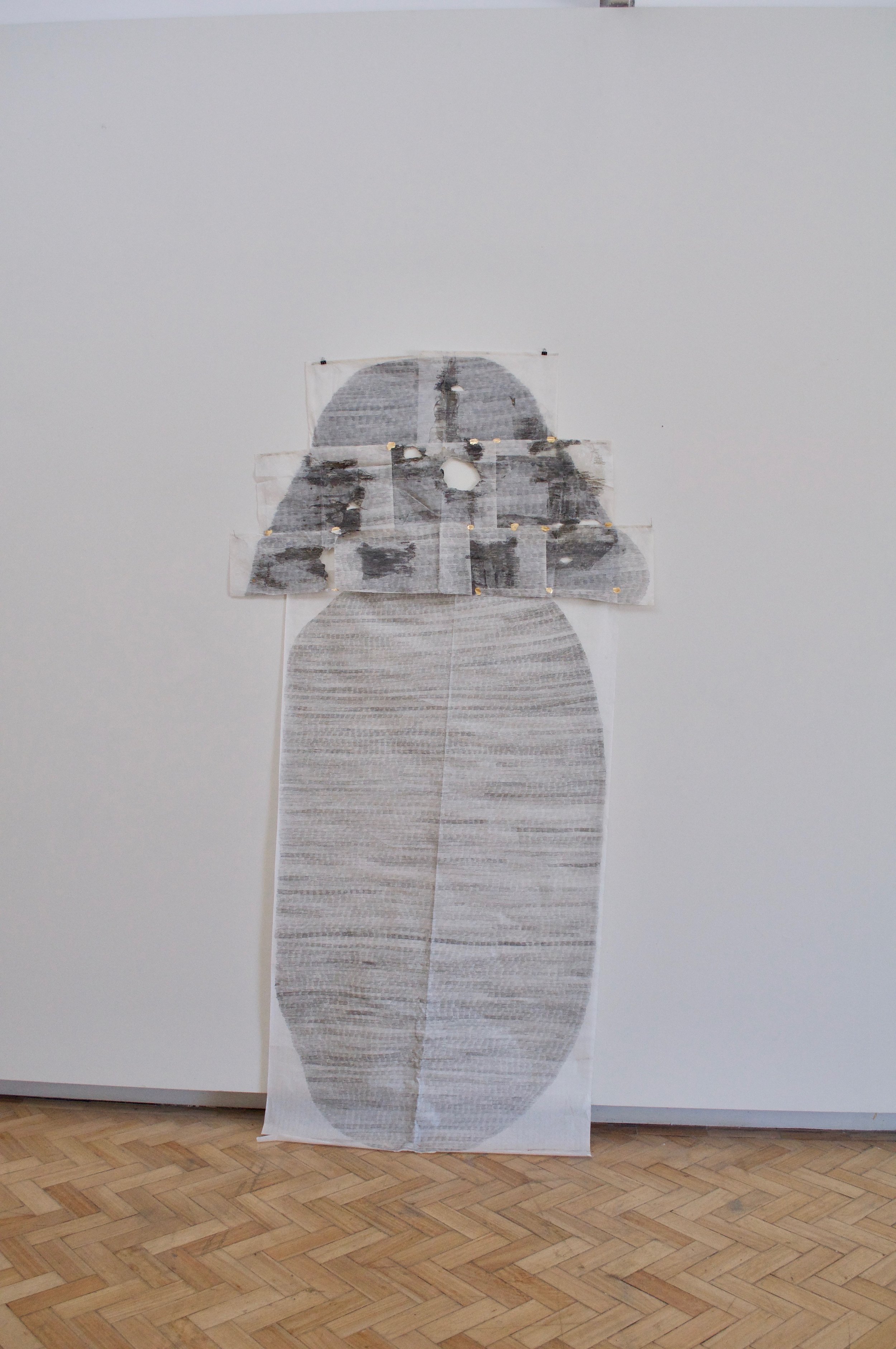
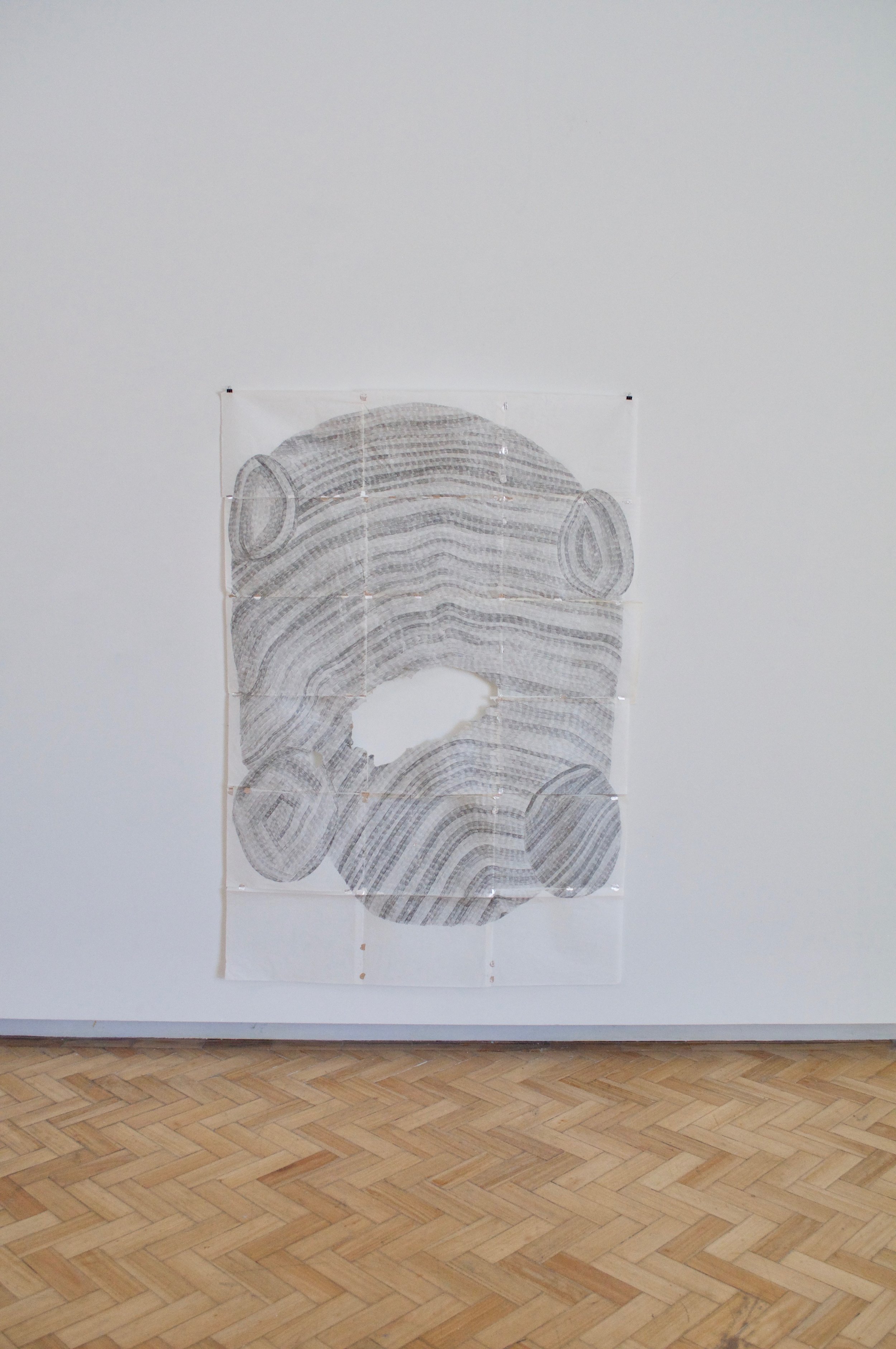
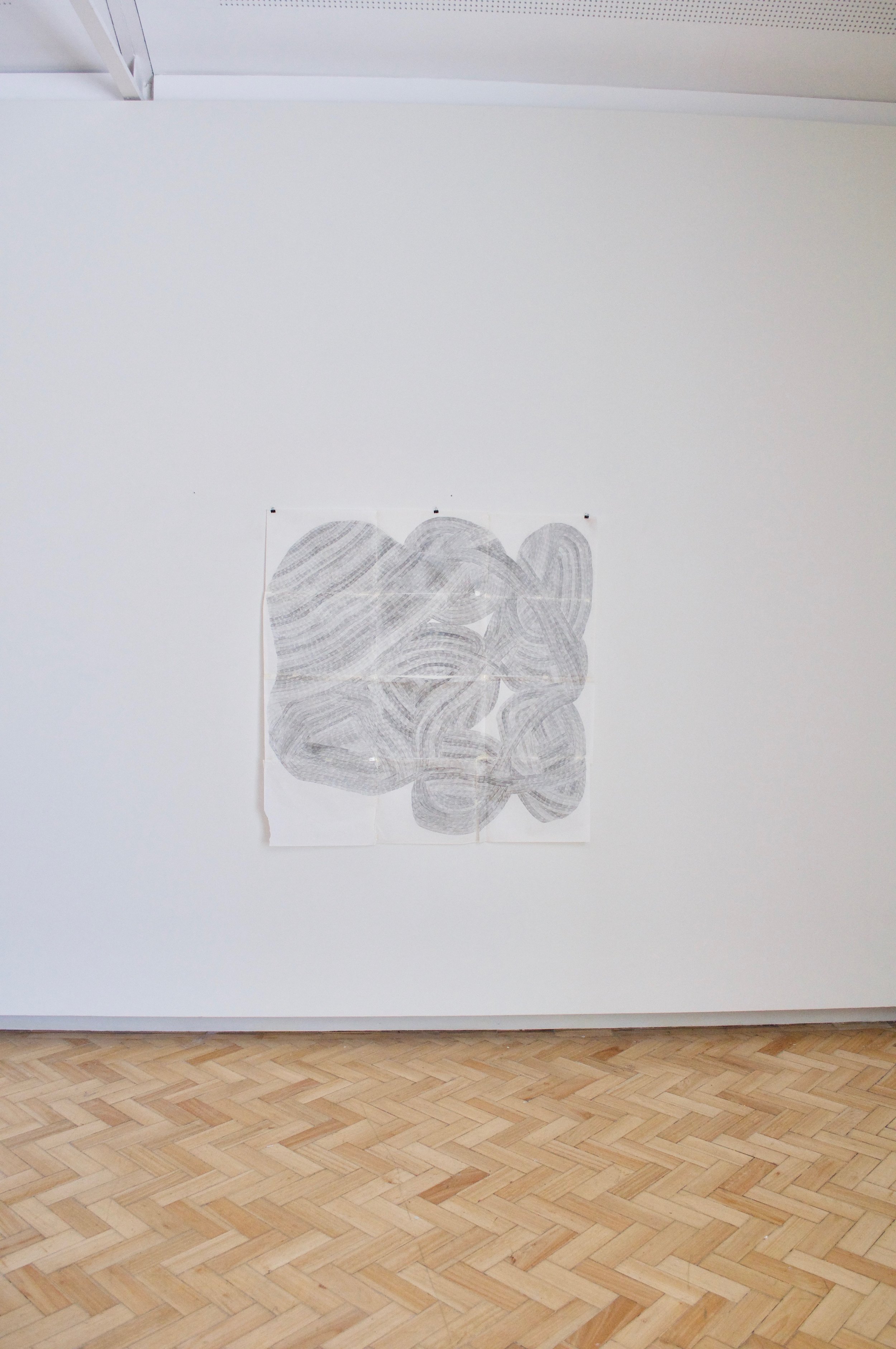
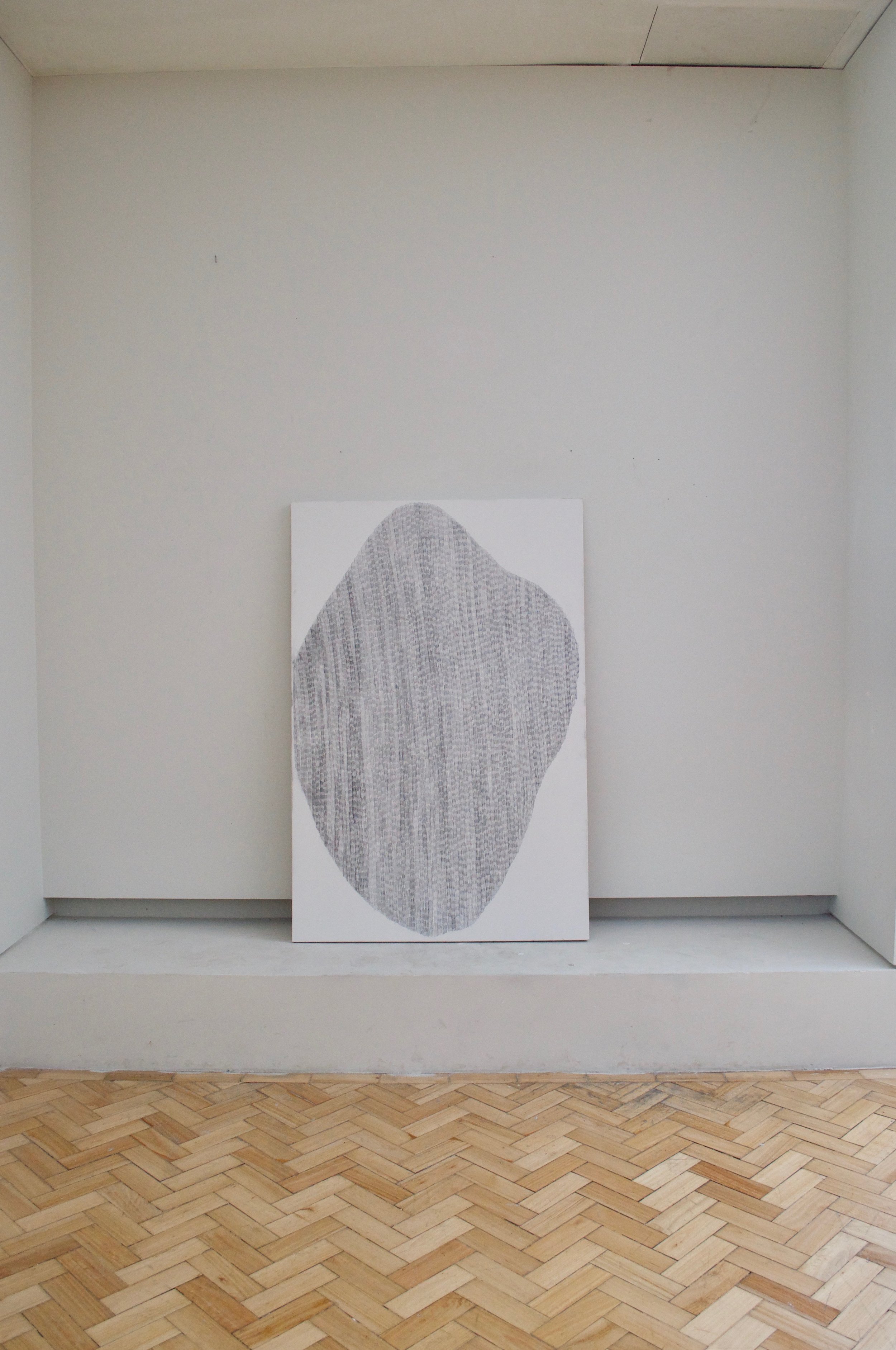
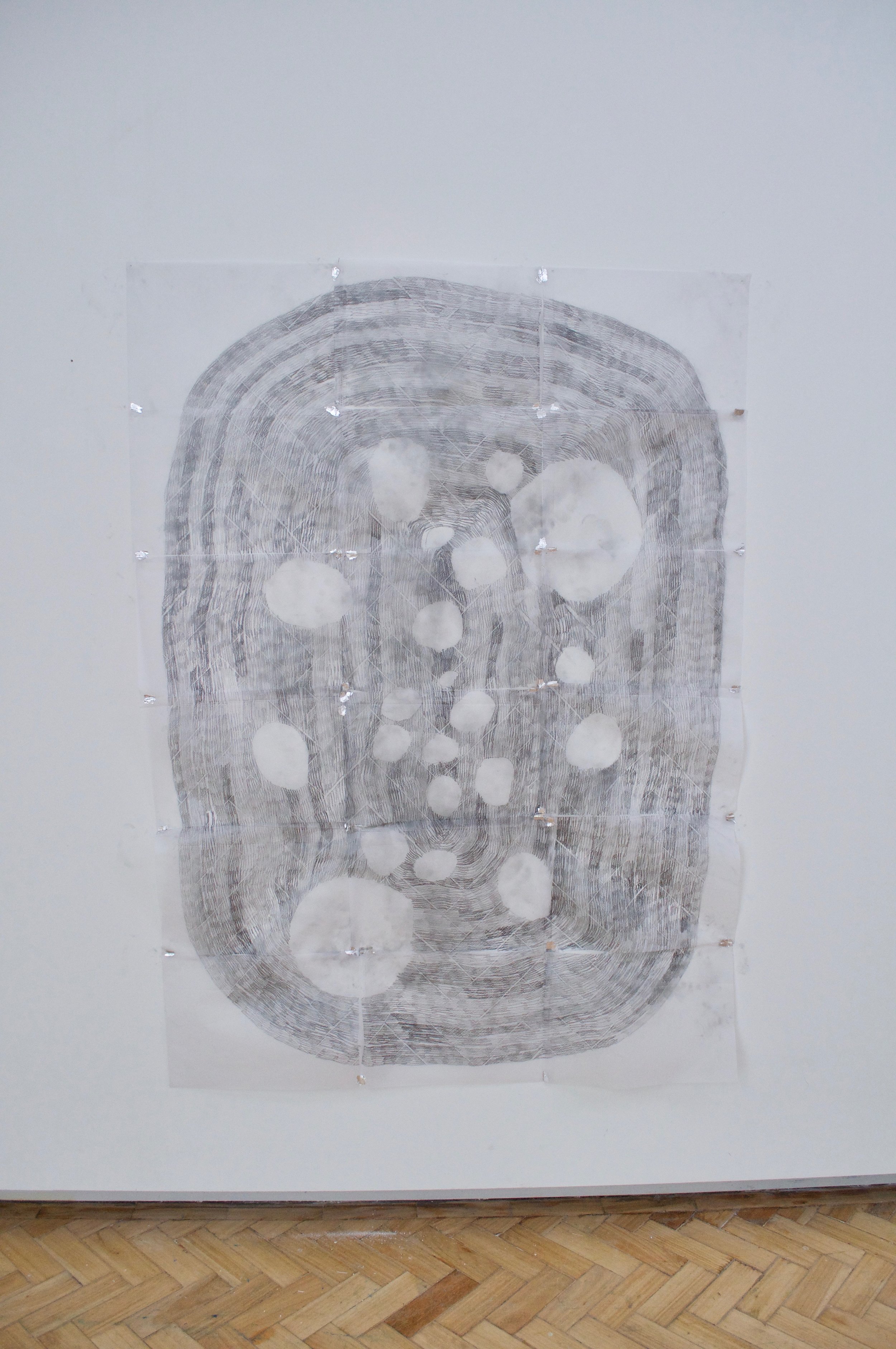
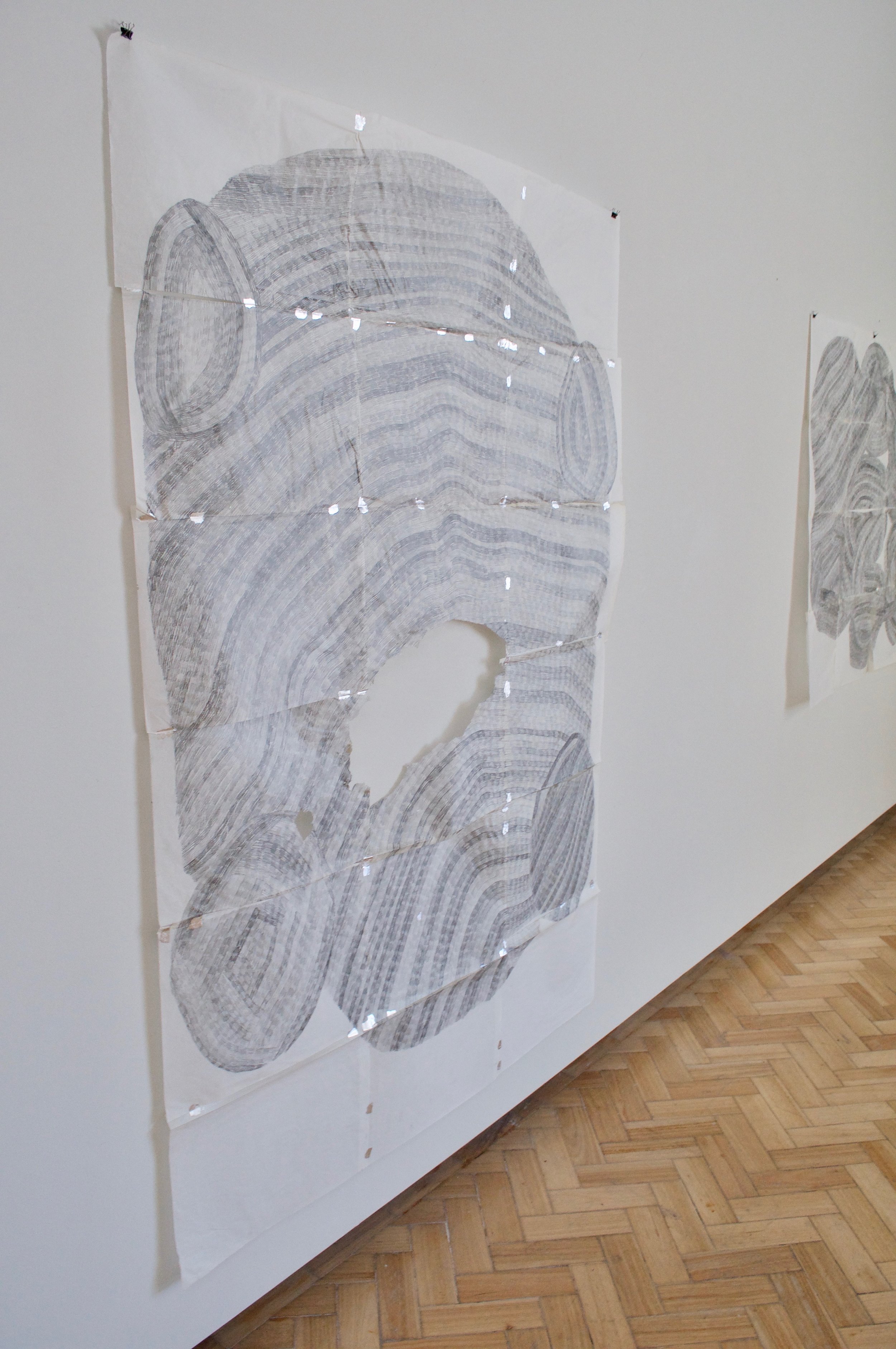
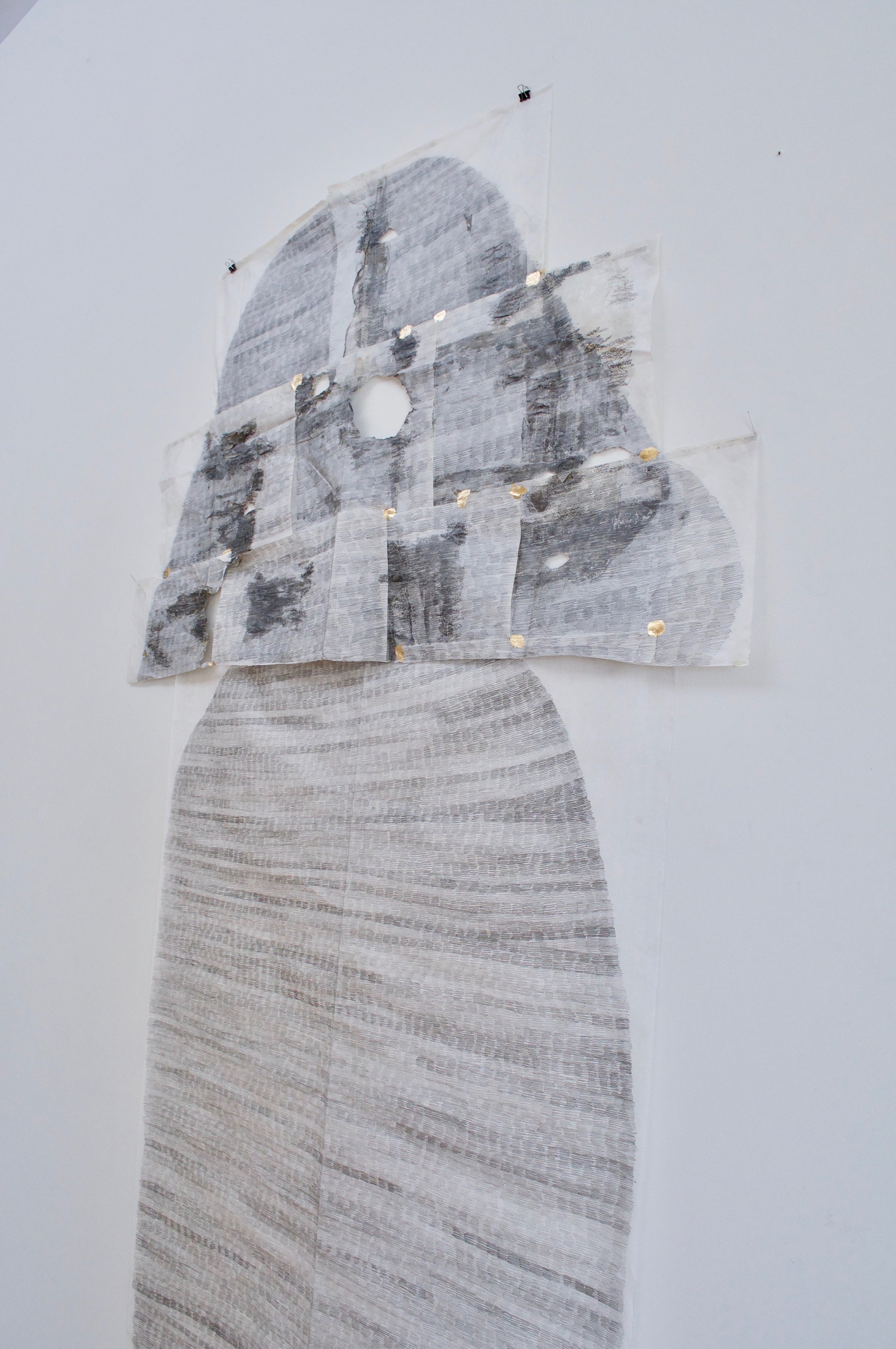
«Dialogues About Delay» is an exhibition where three drawings, by different artists, share the same space based on a common condition: the particular relationship of anxiety, pleasure and discomfort that the drawing maintains with the duration of its making. This other temporality of drawing is at the opposite extreme of immediate and spontaneous. As a practical condition, delay is made up of extensions, returns, reiterations, reservations, doubles. It suggests an insistent confrontation with the thickness of time while drawing, an attempt to give substance to duration and waiting. As a lived experience, delay is what results from the discrepancy between a situation that remains static and an event in progress. (...)The “Seven Lionesses”, by Tatiana Moés, returns to the archives of Portuguese colonial memory through photographs of the captured Gungunhana and his seven wives posing before the camera. Instead of focusing on the figure of the Mozambican Monarch, his drawings are a questioning of the images of the seven queens and the relative obscurity to which they were cast. Drawing, in its multiple fictitious games with time, becomes an exercise in memory and empowerment, made up of lapses, reservations, concealments and overlaps. The hybrid condition that brings together the time of the present gaze with the past gaze of photography is also a form of survival for drawing." by Paulo Luís Almeida
Faculty of Fine Arts of the University of PortoInstitute of Research in Art, Design and Society
Ukyio: Sculpture Exhibition of an Imaginary World

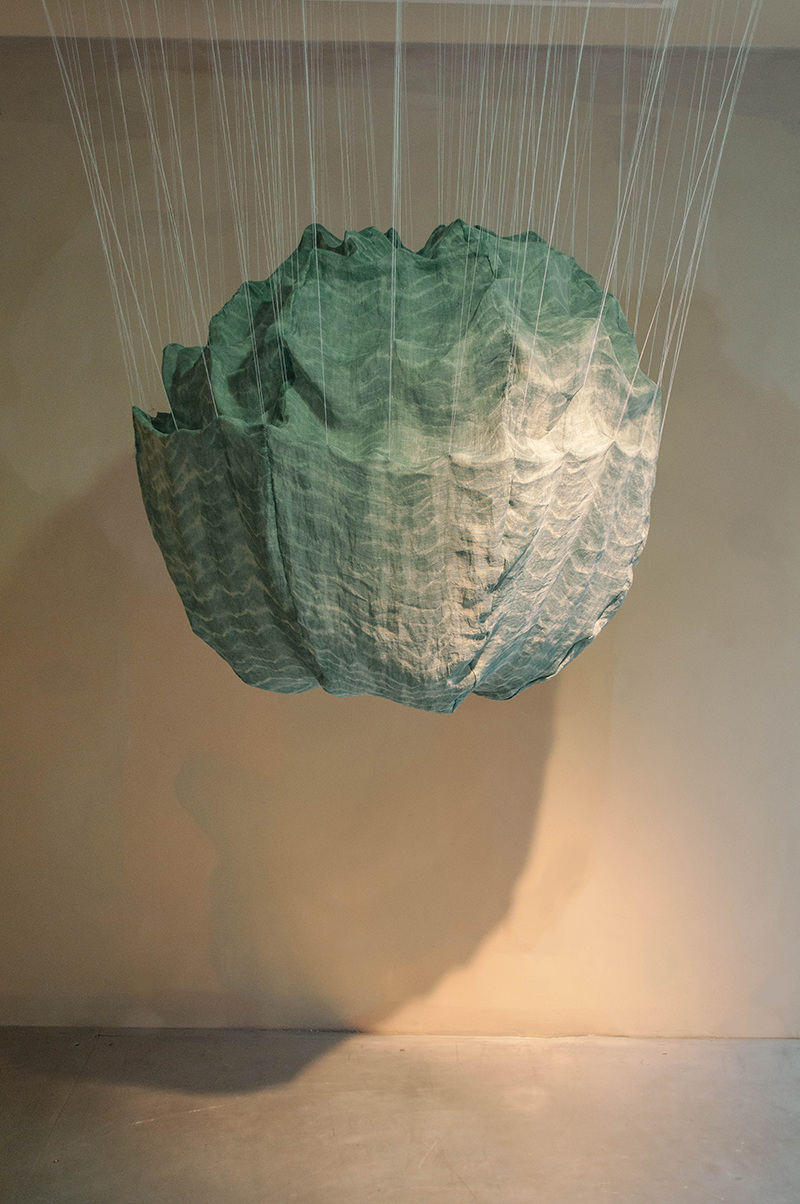

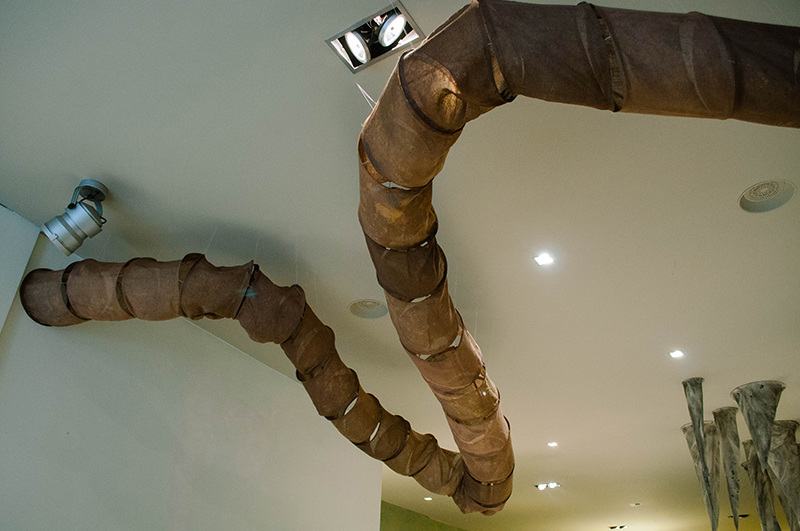
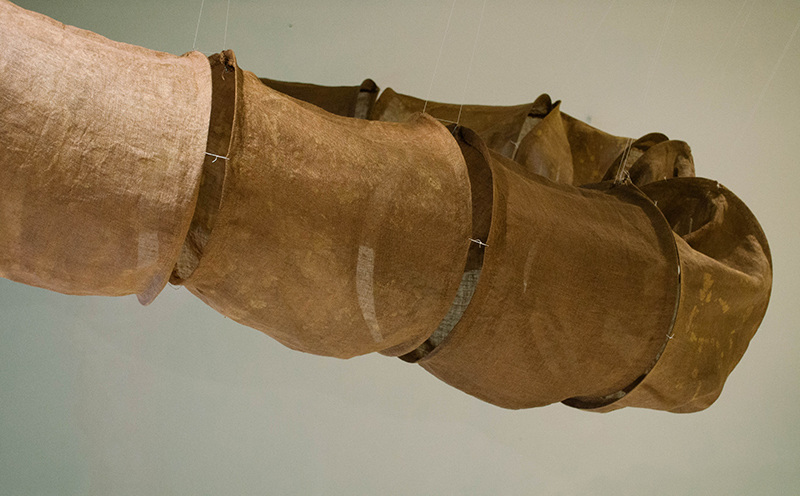
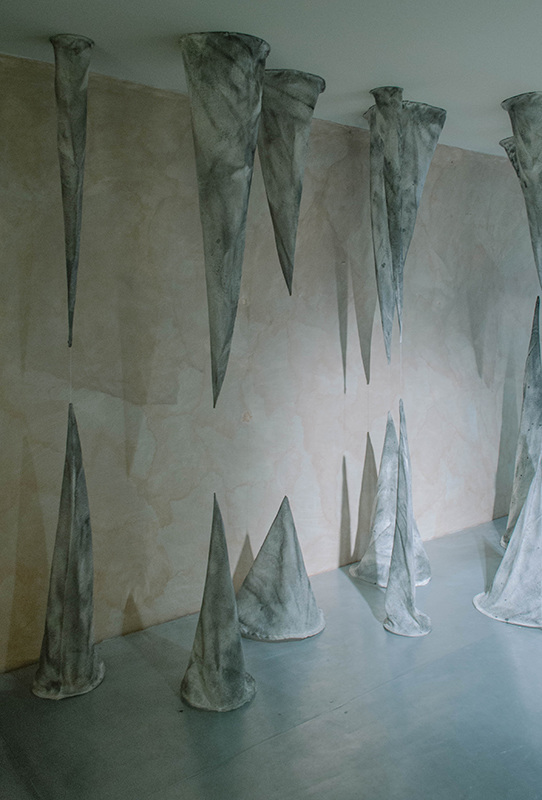

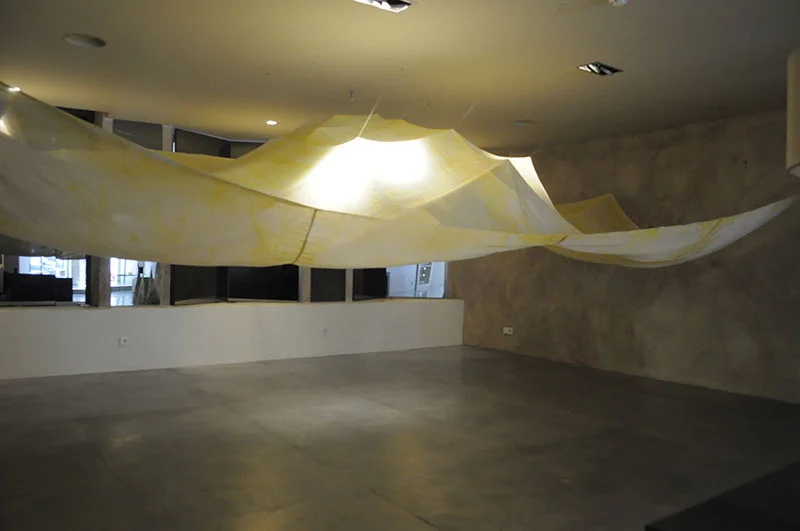


From the 7th to the 23rd of May, we invite you to discover the exhibition by José Andrade - Ukyio, in our studio at Rua Ferreira Borges, 68 Porto. "Literally, the term ukiyo means "The Floating World". However, it is also a homophone (a word that although written differently sounds identical when spoken) of the Japanese term "Painful, Sorrowful World". In Japanese Buddhism, the "painful world " is in short the endless cycle of reincarnation, life, suffering, death and reincarnation from which Buddhists seek escape. During the Tokugawa Period (1600-1868) in Japan, the word ukiyo came to describe the lifestyle of seeking mindless pleasure and "ennui" (boredom) that typified the lives of many people in the city, particularly in Edo (Tokyo), Kyoto and Osaka.


